This is from Joe Chetcuti.
The latest newspaper discoveries by Howard Brown revive an old topic.
Sandford Conover speaking of Tumblety's days in Washington D.C. during the Civil War:
(Tumblety) had very cosy and tastefully arranged quarters in, I believe, H Street.
Years ago on the Casebook, I focused on that quote. I suspected it was a sly maneuver by Conover to try to link Tumblety with H Street. That is because H Street became the most notorious street in America in the 19th century. It was on H Street where the Surrat boarding house was located. That was the boarding house where the plot to assassinate Lincoln was planned.
But through the years, I've never seen anything further that linked Tumblety with H Street or the Surrats. Was Conover just blowing hot air with his "H Street - Tumblety" talk? Well, look at what has just been found in the May 31, 1914 Buffalo Courier.
"Now (Tumblety) had among his close friends the family of Surrats in Washington. Mrs. Surrat kept a boarding house."
Conover was a shifty political liar. In his remarks to the NY World, he made it sound as if Tumblety treated some of his patients on H Street. I find that to be doubtful. But that tricky Conover may have had an ulterior reason for linking Tumblety with H Street. Was Conover hinting at an association between Tumblety and the Surrats, as later emphasized in the May 31, 1914 Buffalo Courier?
On a different note, the Nov 30, 1888 Buffalo Courier was recently printed on the message boards. Our dear departed friend, Chris Scott, originally shared that article with everyone a few years ago:
The current display of the Nov 30, 1888 Buffalo Courier shows more of the article than Chris presented. Chris had given us just the second half of the article. We now see the entire article. The first half of the Nov 30, 1888 Buffalo Courier article had been printed in the Nov 28, 1888 Albany Journal. Andy Spallek originally posted that Albany Journal article on the Casebook in January 2009.
The latest newspaper discoveries by Howard Brown revive an old topic.
Sandford Conover speaking of Tumblety's days in Washington D.C. during the Civil War:
(Tumblety) had very cosy and tastefully arranged quarters in, I believe, H Street.
Years ago on the Casebook, I focused on that quote. I suspected it was a sly maneuver by Conover to try to link Tumblety with H Street. That is because H Street became the most notorious street in America in the 19th century. It was on H Street where the Surrat boarding house was located. That was the boarding house where the plot to assassinate Lincoln was planned.
But through the years, I've never seen anything further that linked Tumblety with H Street or the Surrats. Was Conover just blowing hot air with his "H Street - Tumblety" talk? Well, look at what has just been found in the May 31, 1914 Buffalo Courier.
"Now (Tumblety) had among his close friends the family of Surrats in Washington. Mrs. Surrat kept a boarding house."
Conover was a shifty political liar. In his remarks to the NY World, he made it sound as if Tumblety treated some of his patients on H Street. I find that to be doubtful. But that tricky Conover may have had an ulterior reason for linking Tumblety with H Street. Was Conover hinting at an association between Tumblety and the Surrats, as later emphasized in the May 31, 1914 Buffalo Courier?
On a different note, the Nov 30, 1888 Buffalo Courier was recently printed on the message boards. Our dear departed friend, Chris Scott, originally shared that article with everyone a few years ago:
The current display of the Nov 30, 1888 Buffalo Courier shows more of the article than Chris presented. Chris had given us just the second half of the article. We now see the entire article. The first half of the Nov 30, 1888 Buffalo Courier article had been printed in the Nov 28, 1888 Albany Journal. Andy Spallek originally posted that Albany Journal article on the Casebook in January 2009.


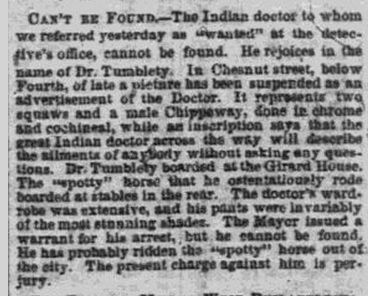
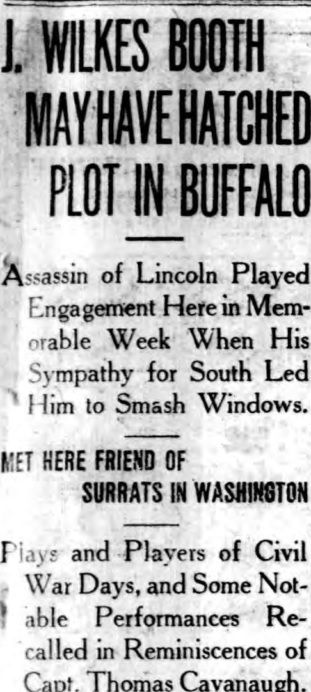
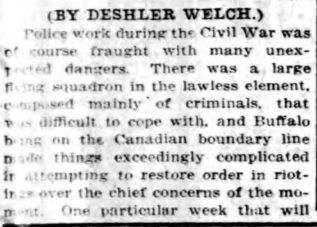
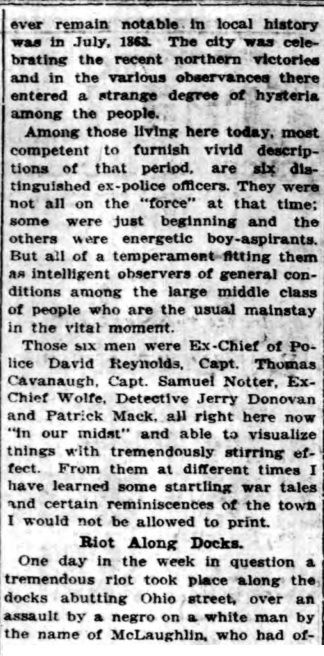
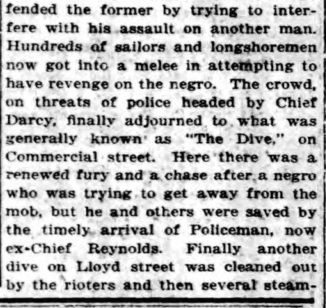
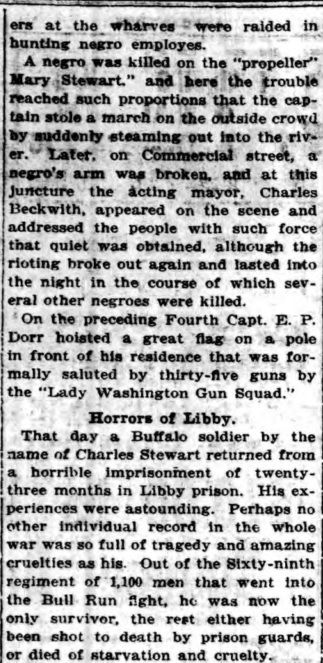
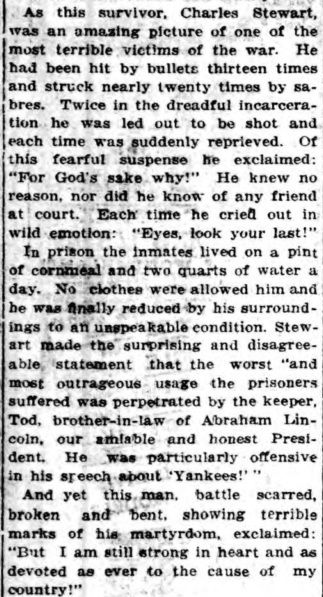

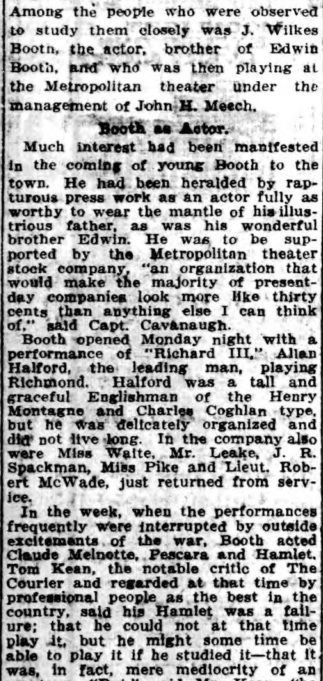
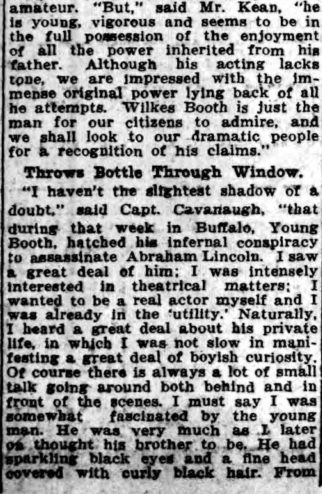

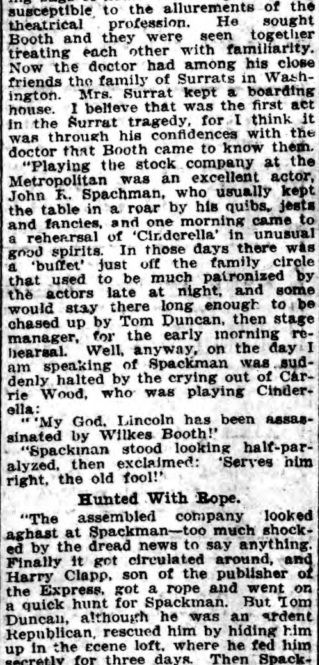

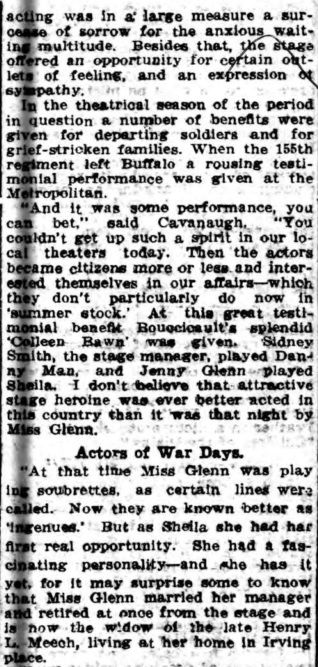
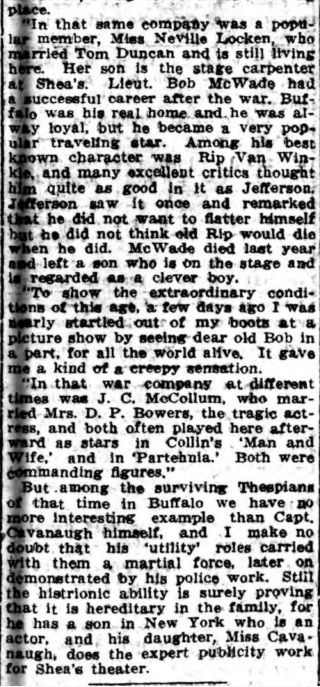
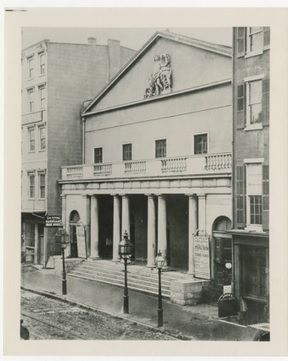
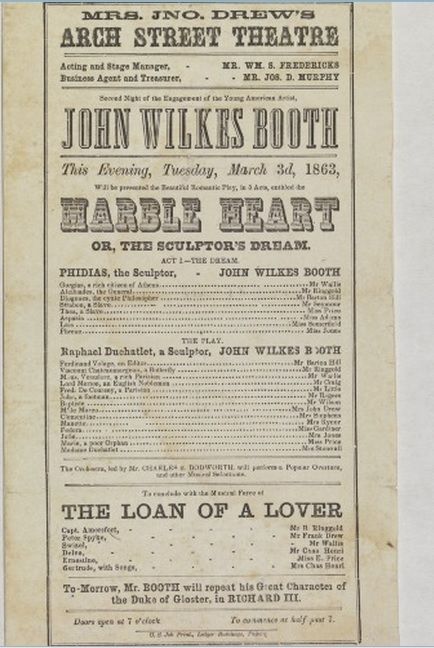


Comment